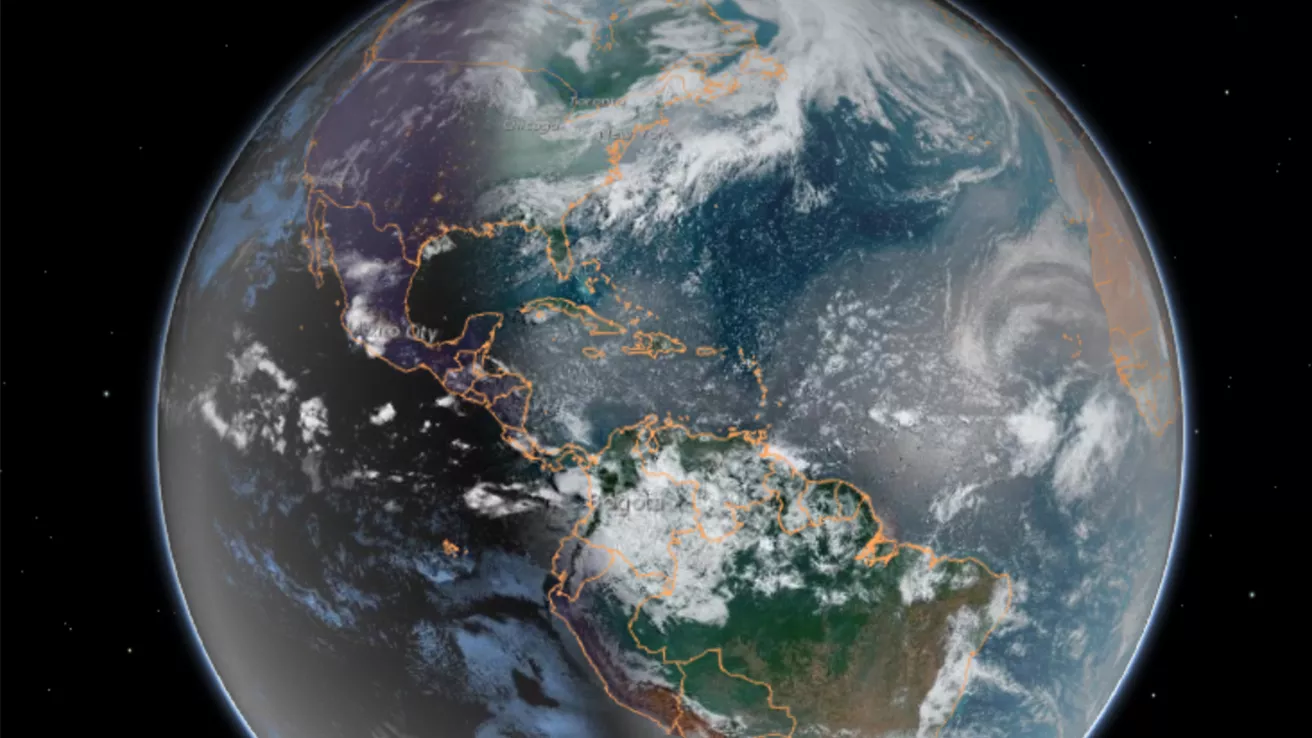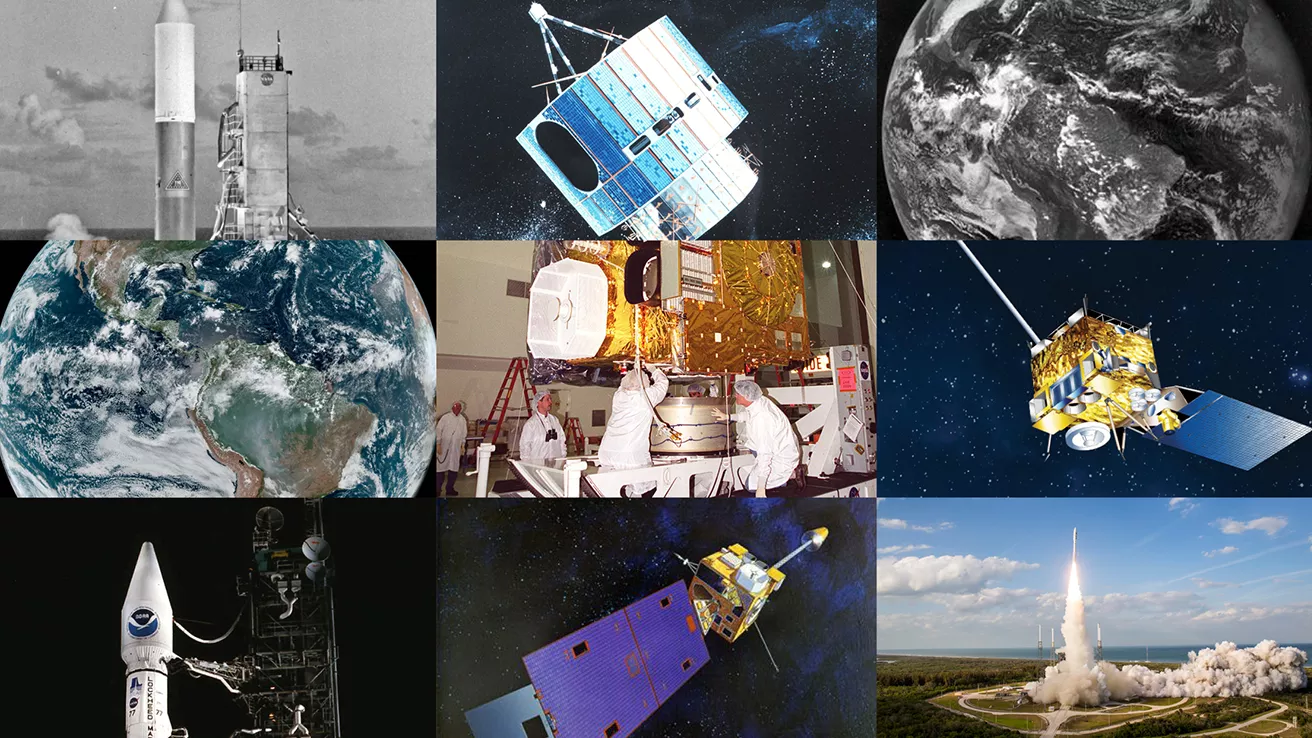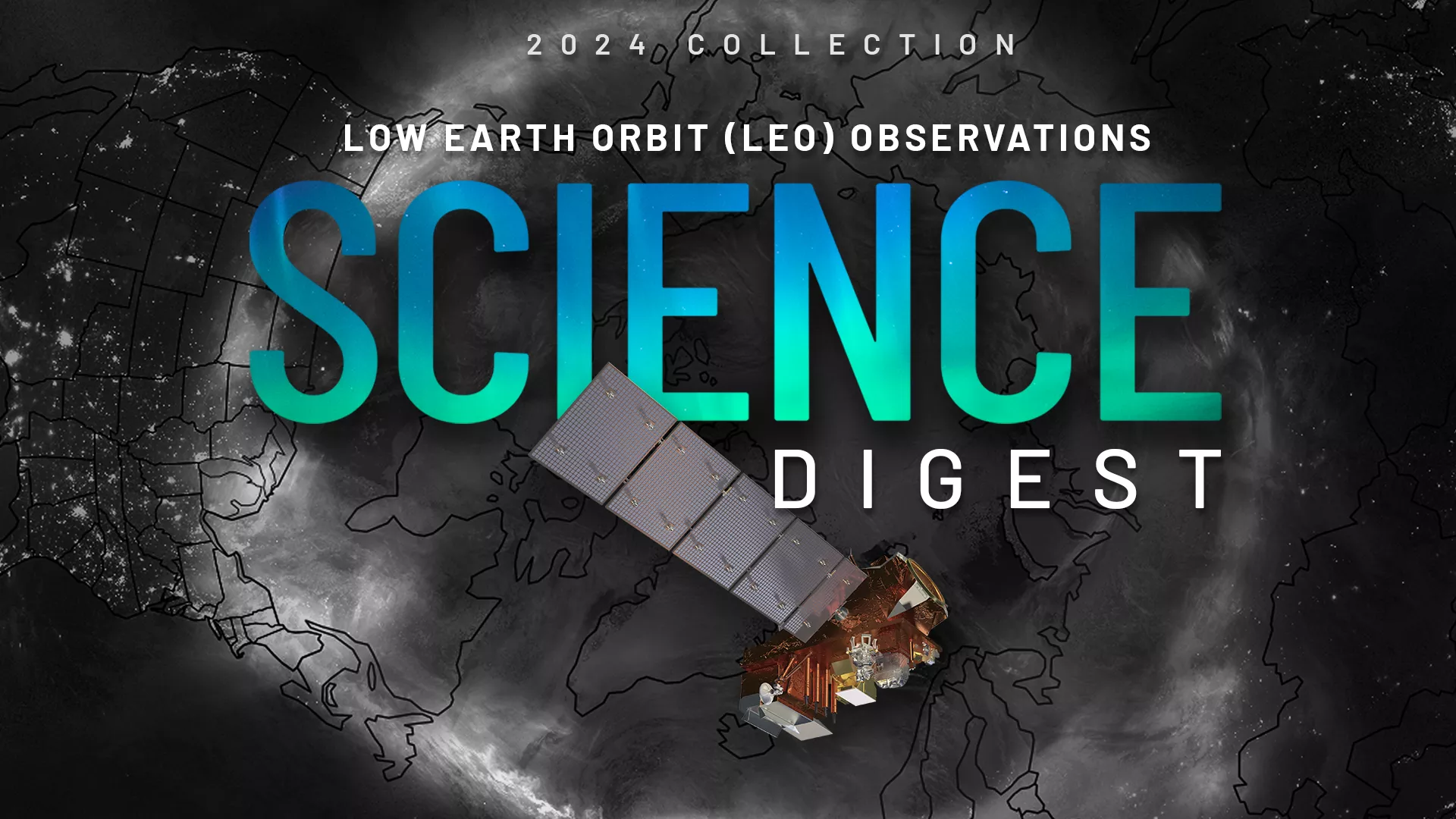Our dynamic world is always changing. See what it looks like now from space via our live feeds.
Explore interactively Interactive Maps
NOAA celebrates 50 years of its heralded Geostationary Operational Environmental Satellite program.
Fifty Years! 50 Years of GOES
Explore the impact and applications of low earth orbit data and products.
View Digest 2024 LEO Science Digest
Feature Stories
-
Near real-time preliminary data from NOAA’s first Compact Coronagraph (CCOR-1), a powerful solar…
-
From their orbits, NOAA satellites can play a vital role in detecting and tracking severe weather,…
-
LEO satellites provide critical atmospheric, oceanic, and terrestrial data, enhancing NWS forecasts…
-
The ozone band, part of the thermal infrared spectrum, allows us to track changes in the atmosphere…
Data & New Technology
Data Purchases
NOAA is taking concrete steps to support the development of commercial markets for space-based weather data.
Visit the programs page Data Purchases
Data Collections
NOAA collects the most up-to-date data about the atmosphere, land, and oceans.
Learn about data information Data Collections
Pathfinder Initiative
Help develop studies for future applications of mission data products.
Read about pathfinder initiative Pathfinder Initiative
News & Announcements
-
The Solar Ultraviolet Imager (SUVI) onboard NOAA’s GOES-19 satellite, which launched on June 25,…
-
NASA, on behalf of NOAA, has selected the University of New Hampshire in Durham to build Solar Wind…
-
NOAA has shared the first images from the Compact Coronagraph (CCOR-1), a powerful solar telescope…
-
On Oct. 11, 2024, the aurora borealis dazzled many across North America due to a severe geomagnetic…
-
On Oct. 8, 2024, at 6:30 p.m. EDT, NOAA’s GOES East satellite captured this imagery of Hurricane…
-
Restoration efforts are underway, some climate-related data products affected
-
On Sept. 10, NOAA awarded a $1,092,689 contract to Jet Propulsion Laboratory (JPL), of Pasadena,…



